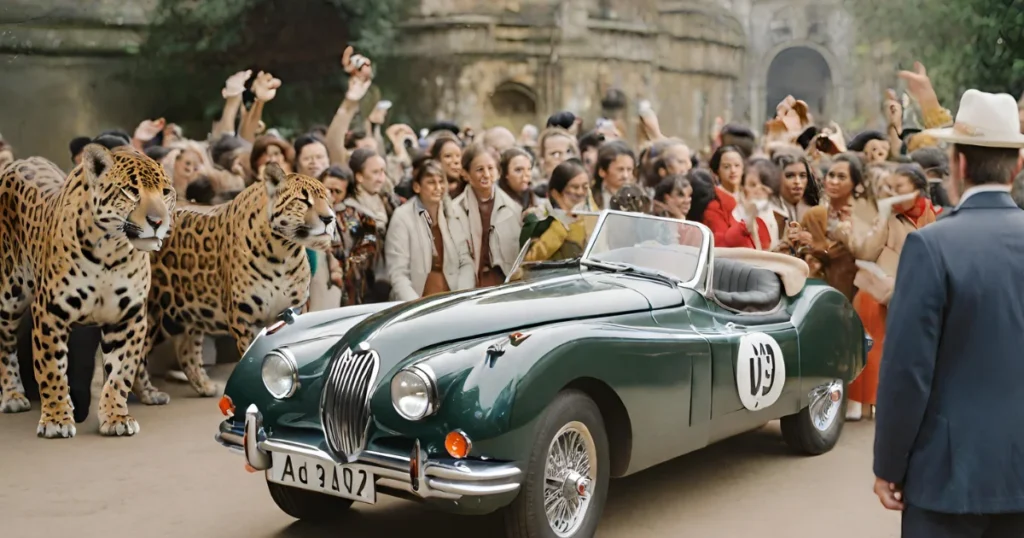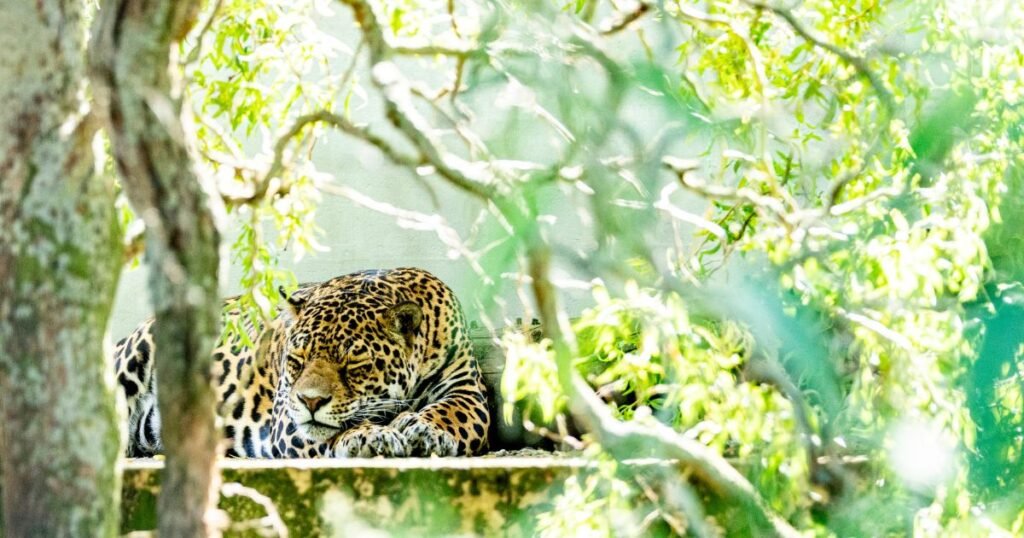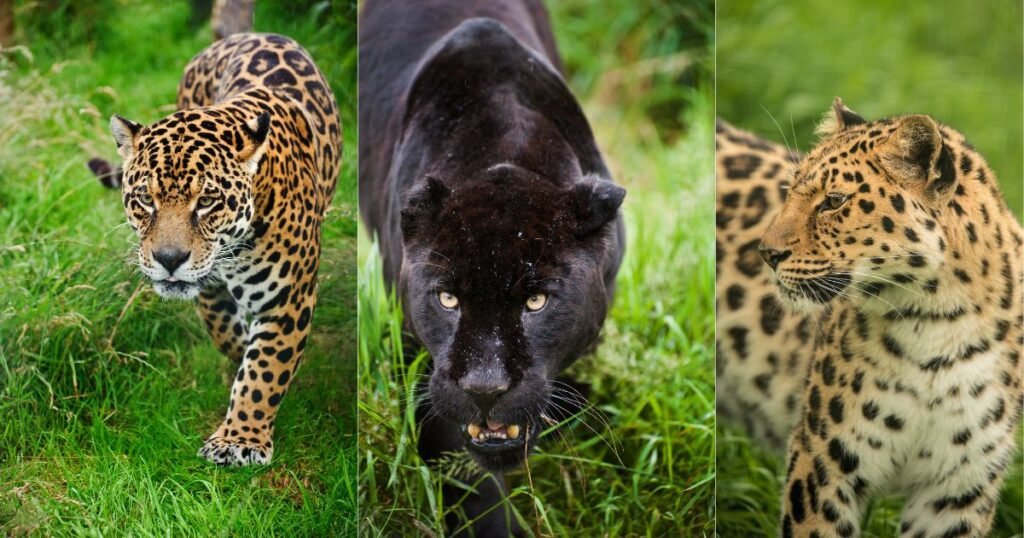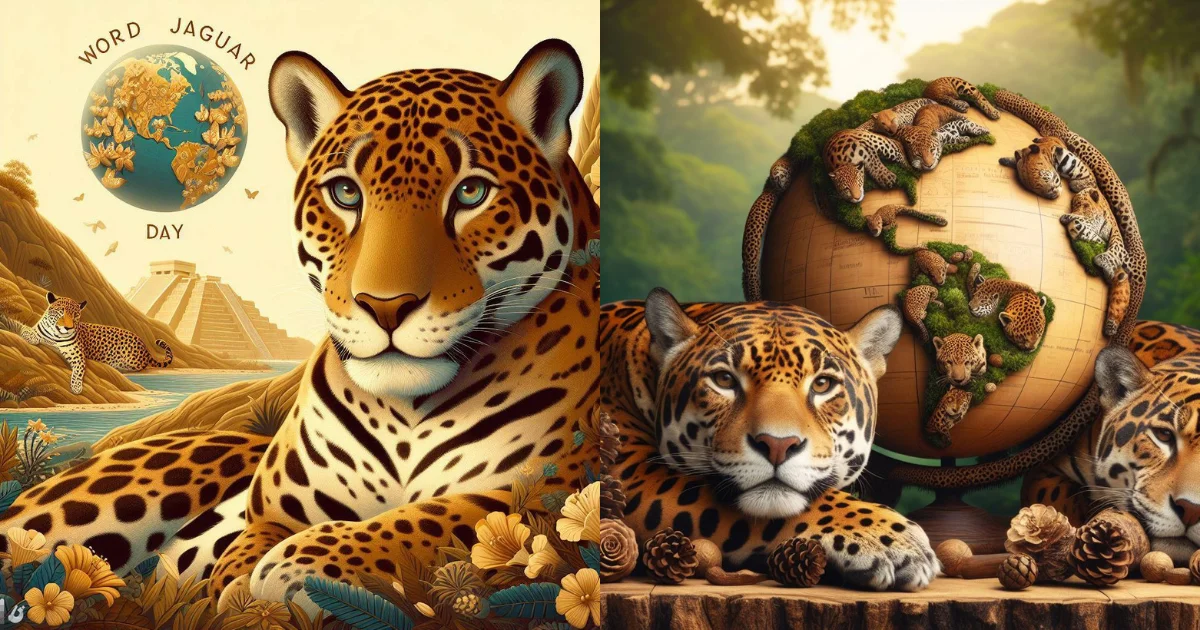Introduction
International Jaguar Day is observed annually on November 29. This day was created to raise awareness about the jaguar’s increasing threats and the critical conservation efforts ensuring its survival from Mexico to Argentina. The decision to mark November 29 as International Jaguar Day was made during a meeting in March 2018 at the United Nations headquarters in New York.
Read More: International Tiger Day
History of World Jaguar Day

The majestic jaguar is a symbol of power for many Latin American cultures; it represents the power of nature and is seen as the protector of the rainforest. In pre-Columbian times, the jaguar symbolized power and strength, with some people dressing in jaguar skins during religious rituals. In the Maya civilization, the jaguar was thought to facilitate communication between the living and the dead.
“Warm greetings to everyone on the occasion of World Jaguar Day. Saving jaguars from all kinds of threats is our responsibility.”
Significance of International Jaguar Day

International Jaguar Day stands as a beacon of awareness. The day is celebrated as a symbol of biodiversity conservation, sustainable development and the centuries-old cultural heritage of Central and South America. Jaguars play an essential role in maintaining the structure and function of the ecosystems they inhabit. As top predators, they help to keep a balance in the food chain where they live, playing an essential role in controlling the populations of other species and promoting healthy ecosystems.
Read More: International Dog Day
Threats to Jaguars

Jaguars face several threats that have led to their status as a near-threatened species:
- Human-Wildlife Conflict: Due to diminishing territory and, thus, diminishing access to natural prey, jaguars have begun to look elsewhere for food. This often leads to conflicts with humans, especially farmers, as jaguars may prey on livestock.
- Habitat Loss and Fragmentation: The lands once ruled by jaguars are being destroyed by logging, large-scale agriculture, ranchland, and urban areas. Habitat fragmentation makes it incredibly difficult for these felines to hunt and mate, which poses a significant threat to their population numbers and survival.
- Illegal Hunting and Trade: In addition to habitat loss and fragmentation, jaguar populations are threatened by killing for trophies and illicit trade in body parts. They also are threatened by killing in retaliation for livestock depredation, whether justified or not, and to reduce perceived competition for wild meat with humans.
- Fashion Industry: In the 1960s and 1970s, the appetite for exotic fur in the fashion industry left jaguar populations near extinction.
“WISHING A VERY HAPPY WORLD JAGUAR DAY TO EVERYONE. TOGETHER, WE HAVE TO SAVE AMERICA’S BOLD AND BIG CATS FROM BECOMING EXTINCT. THE SPEED AND POWER OF THE JAGUAR IS UNMATCHED AND IMPRESSIVE, AND THAT IS WHAT MAKES IT SO SPECIAL.”
These threats have led to a significant decrease in the jaguar population, making conservation efforts crucial for the survival of this species.
Conservation of Endangered Jaguars

Despite concerted conservation efforts, jaguars continue to face numerous threats. Jaguars are being killed because of perceived conflicts with livestock and overhunted for trophies and as a substitute for tiger bones in Asia. Habitat loss is also a big problem for the northern population, and the U.S.-Mexico border wall threatens to block jaguar migration routes.
Jaguars are listed as Near Threatened on the International Union for Conservation of Nature (IUCN) Red List and appear in Appendix I of the Convention on International Trade in Endangered Species of Wild Fauna and Flora (CITES). They are protected by law throughout their range.
Read More: International Jaguar Day
“Jaguars are always known for their beauty and speed, and their survival is in danger now. Let us save them. Happy World Jaguar Day.”
Conclusion
International Jaguar Day serves as a reminder of the importance of conserving this magnificent creature and its habitat. It is a day to celebrate the jaguar’s significance in our ecosystem and culture and to raise awareness about the threats it faces. As we look forward to International Jaguar Day 2023, let’s remember the critical role each of us can play in ensuring the survival of this iconic species.
FAQs about International Jaguar Day:
1. What is International Jaguar Day?
International Jaguar Day is observed annually on November 29 to raise awareness about the increasing threats facing the jaguar and the critical conservation efforts ensuring its survival.
2. When was International Jaguar Day established?
The decision to mark November 29 as International Jaguar Day was made during a meeting in March 2018 at the United Nations headquarters in New York.
3. Why is International Jaguar Day significant?
International Jaguar Day stands as a beacon of awareness. The day is celebrated as a symbol of biodiversity conservation, sustainable development and the centuries-old cultural heritage of Central and South America.
4. What role do jaguars play in the ecosystem?
Jaguars play an essential role in maintaining the structure and function of the ecosystems they inhabit. As top predators, they help to keep a balance in the food chain where they live, playing an essential role in controlling the populations of other species and promoting healthy ecosystems.
5. What are the main threats to jaguars?
Jaguars are being killed because of perceived conflicts with livestock and overhunted for trophies and as a substitute for tiger bones in Asia. Habitat loss is also a big problem for the northern population, and the U.S.-Mexico border wall threatens to block jaguar migration routes.
6. How are jaguars protected?
Jaguars are listed as Near Threatened on the International Union for Conservation of Nature (IUCN) Red List and appear in Appendix I of the Convention on International Trade in Endangered Species of Wild Fauna and Flora (CITES). They are protected by law throughout their range.
7. How can we help in the conservation of jaguars?
Individuals can contribute to jaguar conservation by supporting organizations that protect jaguar habitats, advocating for policies that protect jaguars and their habitats, and raising awareness about the importance of jaguars in the ecosystem.
8. What is the current population of jaguars?
The exact number of jaguars in the wild is unknown due to their elusive nature and the vastness of their habitat. However, estimates suggest around 15,000-30,000 jaguars are left in the wild.
9. Where can jaguars be found?
Jaguars range from Mexico to Argentina, inhabiting various habitats, including rainforests, swamps, grasslands, and mountain scrub areas.
10. What is the significance of the jaguar in Latin American cultures?
The majestic jaguar is a symbol of power for many Latin American cultures; it represents the power of nature and is seen as the protector of the rainforest. In pre-Columbian times, the jaguar symbolized power and strength, with some people dressing in jaguar skins during religious rituals.










